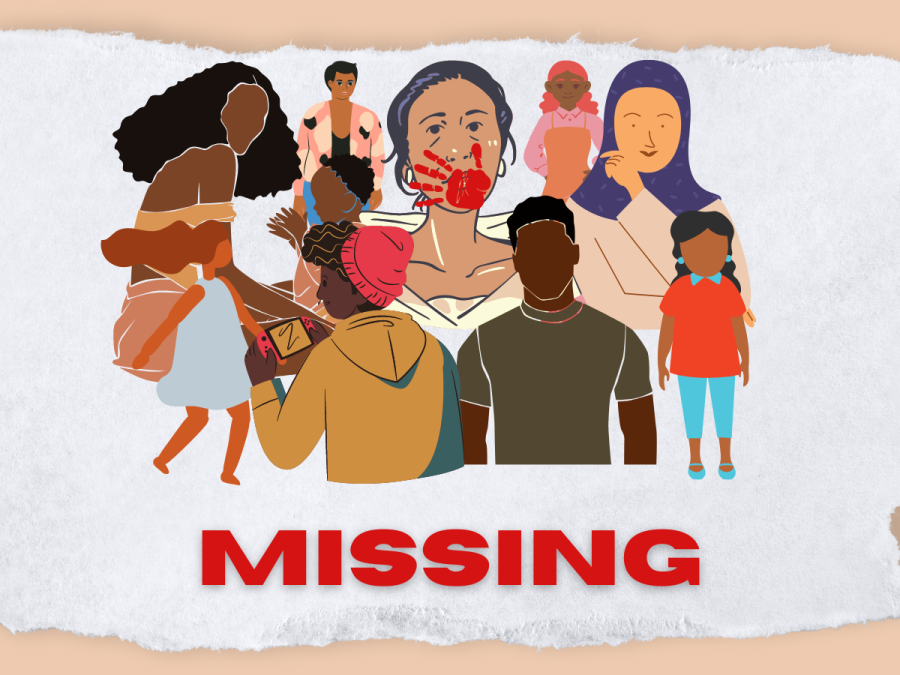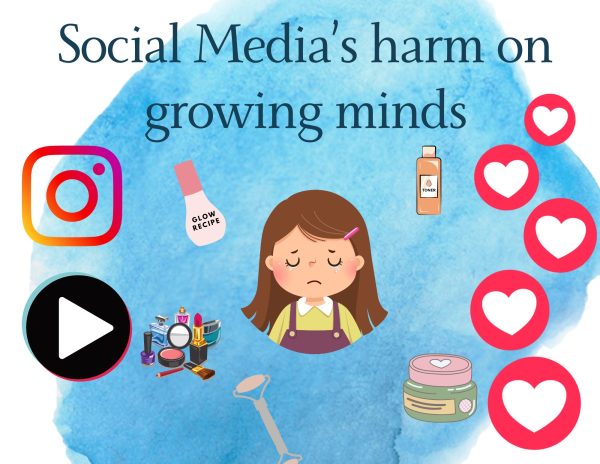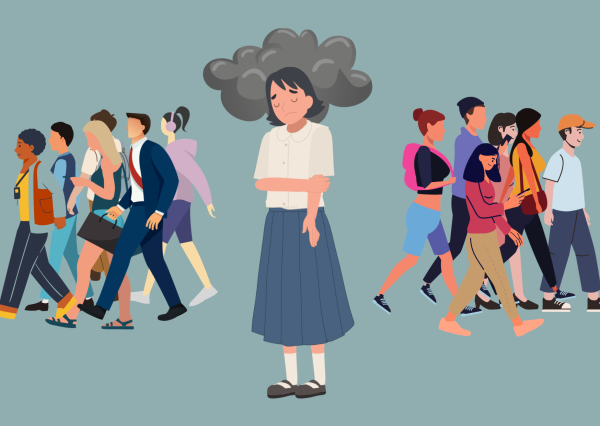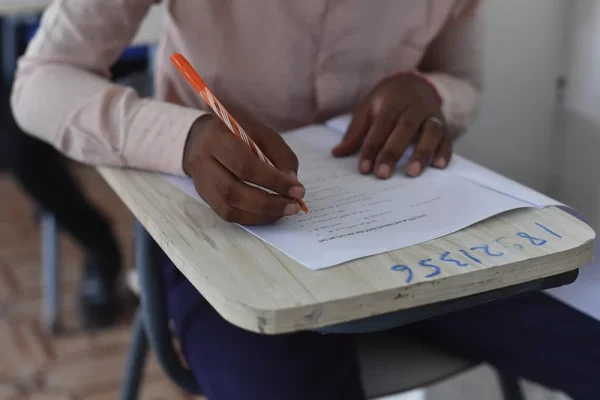We’re missing, but who cares
People of color go missing at higher rates than white women, but their cases aren’t being shown the same attention
A large portion of the thousands of missing persons cases annually are people of color. Why are the majority of these cases not reported in the media?
In September of 2021, Gaby Petito captured the nation’s attention and became a household name. She was a 22-year-old blogger who documented her travels across the country with her fiance. Petito suddenly disappeared during one of these trips and was reported missing by her family. After heavy, weeks-long media coverage and countless resources poured into the case, Petito was tragically found alongside a murder confession from her fiance.
Even though this is a tragic story, it is yet another example of America’s dangerous plague called “missing white woman syndrome.” This term was coined by Gween Ifill, a popular black journalist, in 2004 at a journalism conference. It means that when a white woman goes missing, the media will cover her case and become obsessed with it until she is found. While it is great that their cases are getting heavy coverage in the media, the same can not be said for people of color when they go missing. Instead, they are often pushed to the side, ignored and at times twisted to become the suspects in their own cases. This was the truth in 2004 and still is today.
According to the Federal Bureau of Investigation, in 2021, 521,705 missing person cases were reported. Nearly 40 percent of those cases were from minorities, not including Latino populations. Considering that 13 percent of the nation’s population is black, this statistic is extremely alarming. On the surface, this may seem like a problem that doesn’t affect the daily lives of the black, brown and indigenous people of America. However, this phenomenon is yet another example of the systematic racism that people of color in America face daily.
This also makes people of color more susceptible to going missing. When an abductor is looking for a victim, they want someone that is not going to be missed and won’t draw a lot of attention to the situation. A person of color is the perfect fit for this since they historically do not get much media coverage for their case, which means police departments put fewer resources into bringing that person home.
Both should be taken seriously, because in the end what matters is bringing home someone’s lost family member, no matter what race, gender, or sexuality they are.
Another example of this apparent syndrome in the media is the disappearances of Lyric Woods, 14, and Devin Clark, 18 in September 2022. The pair, who were good friends, attended high school in Orange County, N.C. When they went missing, Clark was automatically portrayed as a suspect in the media instead of the victim of the heinous crime because he was a young black man. Woods, who was white, was often shown sympathy in the media.
After two weeks, Clark and Woods were found together, both tragically murdered from apparent gunshot wounds in rural Orange County. Many assumed that Clark was guilty of the crime because he was older than Woods and in the circumstances of the case this seemed “suspicious.” Many also suspect that this preconceived notion could be why the Orange County Sherrifs’ Office was slow in allowing Clark’s family to view his body for identification.
This isn’t to say that missing white women should not be given as much attention and resources as missing people of color. Both should be taken seriously, because in the end what matters is bringing home someone’s lost family member, no matter what race, gender, or sexuality they are. But, as a society, we need to be more vigilant in bringing missing people of color home.















abby dykes • Dec 8, 2022 at 1:39 pm
this is such an important and amazing article, great job jami!!!
Skylyn Morgan • Dec 7, 2022 at 10:59 am
OMG JAMI!! THIS IS SOOOO GOOD! you are such a talented writer!